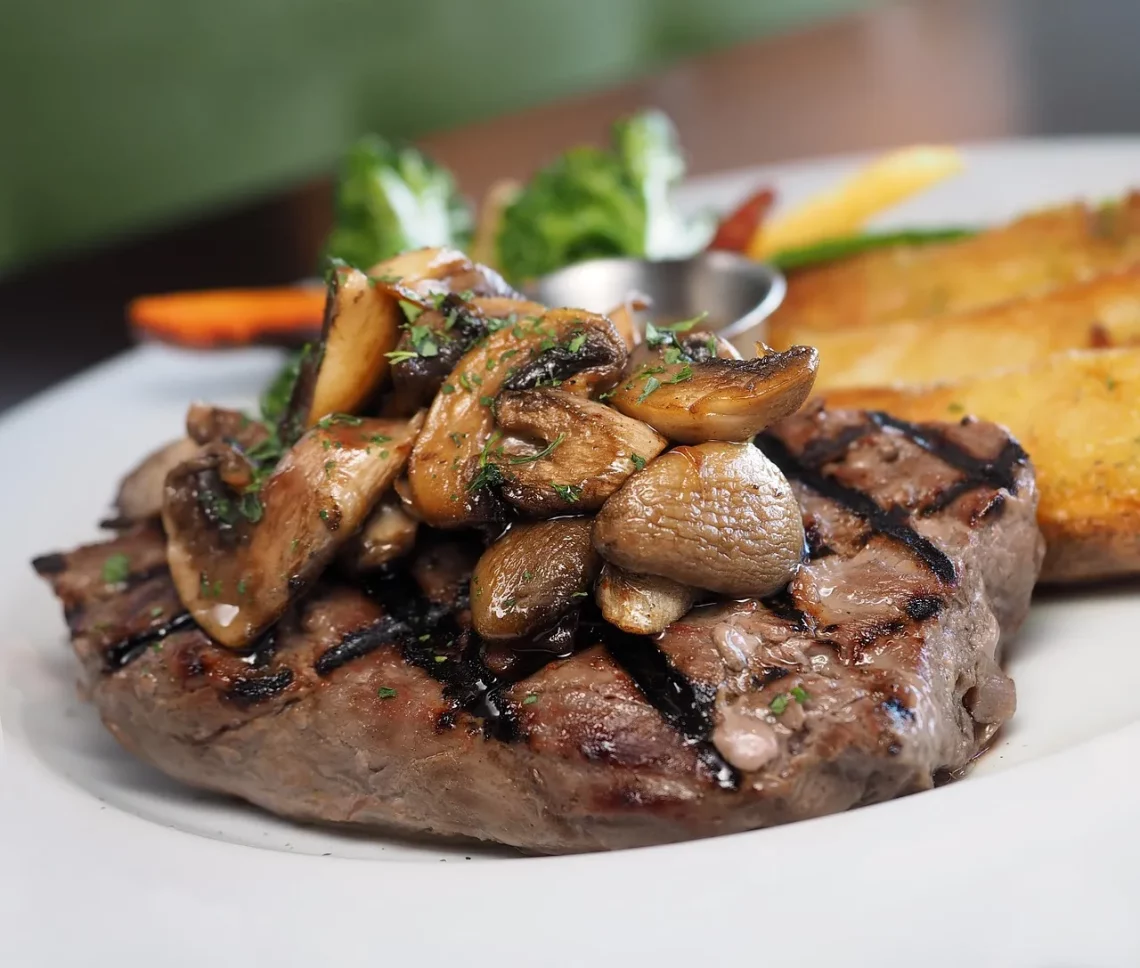
Flank Steak Nutritional Value: Benefits and Dietary Insights
Flank steak, a flavorful cut of meat derived from the abdominal muscles of cattle, has gained popularity among meat lovers for its rich taste and versatility in various culinary applications. This cut is not only appreciated for its taste but also for its nutritional profile, making it a favored choice for those looking to incorporate high-quality protein into their diets. The unique texture of flank steak allows it to absorb marinades effectively, enhancing its flavor and making it suitable for grilling, searing, or slow cooking.
Beyond its culinary appeal, flank steak is a source of essential nutrients, contributing to overall health and well-being. As more people become health-conscious and seek to understand the nutritional value of the foods they consume, flank steak emerges as an interesting option that balances taste and nutrition. This article delves into the nutritional components of flank steak, explores its health benefits, and provides insights into how to incorporate this delicious cut of meat into a balanced diet. By understanding the value of flank steak, individuals can make informed choices that align with their dietary preferences and health goals.
Nutritional Breakdown of Flank Steak
Flank steak is celebrated not only for its flavor but also for its impressive nutritional profile. A typical serving of flank steak (about 3 ounces, cooked) offers approximately 23 grams of protein. This high protein content makes it an excellent choice for those looking to build or maintain muscle mass. Protein is essential for various bodily functions, including tissue repair and hormone production, making it a critical component of a balanced diet.
In addition to protein, flank steak contains a variety of vitamins and minerals. It is particularly rich in B vitamins, including B12, niacin, and riboflavin. Vitamin B12 is crucial for nerve function and the production of DNA and red blood cells, while niacin supports digestive health and skin integrity. Riboflavin plays a vital role in energy production and cellular function, contributing to overall metabolic health.
Moreover, flank steak is a source of important minerals such as iron and zinc. Iron is essential for oxygen transport in the blood and is particularly important for individuals who are physically active or have higher iron requirements, such as pregnant women. Zinc plays a key role in immune function, wound healing, and protein synthesis, making it an important mineral for overall health.
While flank steak does contain fat, the majority of the fat content is found in the form of monounsaturated and saturated fats. Moderation is key, and choosing lean cuts can help reduce overall fat intake. It’s advisable to trim any excess fat from the steak before cooking to provide a healthier meal option.
In summary, flank steak offers a robust nutritional profile that supports muscle health, energy production, and overall well-being. Its combination of protein, essential vitamins, and minerals makes it a valuable addition to a balanced diet, especially for those seeking to enhance their nutrient intake through flavorful food choices.
Health Benefits of Consuming Flank Steak
Incorporating flank steak into your diet can yield numerous health benefits, primarily due to its high protein content and rich nutrient profile. One of the most significant advantages of consuming flank steak is its role in muscle maintenance and growth. For those engaged in strength training or regular physical activity, adequate protein intake is essential for muscle repair and recovery. Flank steak serves as a convenient and delicious source of this vital macronutrient.
Additionally, the presence of iron in flank steak contributes to improved energy levels and reduced fatigue. Iron is crucial for producing hemoglobin, the protein in red blood cells responsible for transporting oxygen throughout the body. A deficiency in iron can lead to anemia, causing symptoms like weakness and decreased endurance. Therefore, including flank steak in your diet can help meet your iron needs, particularly for those at risk of deficiency, such as athletes and individuals with increased iron requirements.
Zinc, another mineral found in flank steak, plays a pivotal role in supporting a healthy immune system. A robust immune system is vital for defending the body against pathogens and maintaining overall health. Regular consumption of zinc-rich foods, such as flank steak, can help bolster immune function, particularly during cold and flu seasons.
Flank steak is also a good source of healthy fats, which are essential for hormone production, nutrient absorption, and maintaining healthy skin. The monounsaturated fats found in flank steak can support heart health when consumed in moderation. Including healthy fats in your diet is crucial for maintaining optimal body functions and overall wellness.
Lastly, the versatility of flank steak makes it easy to incorporate into various recipes, allowing for a diverse range of meals. Whether grilled, sautéed, or used in stir-fries, flank steak can be paired with vegetables and whole grains to create balanced and nutritious meals.
In conclusion, the health benefits of consuming flank steak extend beyond its delicious taste. With its high protein content, essential vitamins and minerals, and healthy fats, flank steak can be a valuable addition to a well-rounded diet, supporting muscle health, energy levels, immune function, and overall wellness.
Cooking Tips and Recipe Ideas
Cooking flank steak can be an enjoyable culinary experience, as this cut of meat lends itself well to various cooking methods and flavor profiles. To maximize its taste and tenderness, it is essential to prepare and cook flank steak properly. One of the most effective ways to enhance the flavor of flank steak is through marination. A simple marinade can include ingredients such as olive oil, soy sauce, garlic, lime juice, and spices. Allowing the steak to marinate for at least 30 minutes, or up to overnight, can significantly improve its flavor and tenderness.
When cooking flank steak, grilling is a popular method that adds a delicious smoky flavor. Preheat your grill to high heat and cook the steak for about 4-5 minutes per side for medium-rare. It’s important to avoid overcooking, as flank steak can become tough if cooked beyond medium doneness. Using a meat thermometer can help ensure that you achieve the desired level of doneness.
Another excellent cooking method for flank steak is sous vide. This technique involves vacuum-sealing the steak and cooking it in a water bath at a precise temperature. Sous vide cooking allows for consistent results and ensures that the steak remains tender and juicy. After sous vide cooking, a quick sear on a hot grill or skillet can add a beautiful crust to the exterior.
For those looking for recipe ideas, flank steak can be used in various dishes. One popular option is fajitas, where the marinated and grilled steak is sliced thinly and served with sautéed peppers and onions in warm tortillas. Another delicious idea is to make a flank steak salad, combining sliced steak with mixed greens, tomatoes, avocado, and a tangy vinaigrette.
Stir-fries are another fantastic way to incorporate flank steak into your meals. Thinly slice the steak against the grain and quickly cook it with a mix of colorful vegetables and a savory sauce for a quick and nutritious dinner.
In summary, cooking flank steak can be a straightforward and rewarding experience. With the right preparation, cooking techniques, and creative recipes, this flavorful cut of meat can be transformed into a variety of delicious dishes that satisfy both the palate and nutritional needs.
**Disclaimer:** This article is for informational purposes only and should not be considered medical advice. If you have any health concerns or conditions, please consult with a healthcare professional before making significant changes to your diet.




